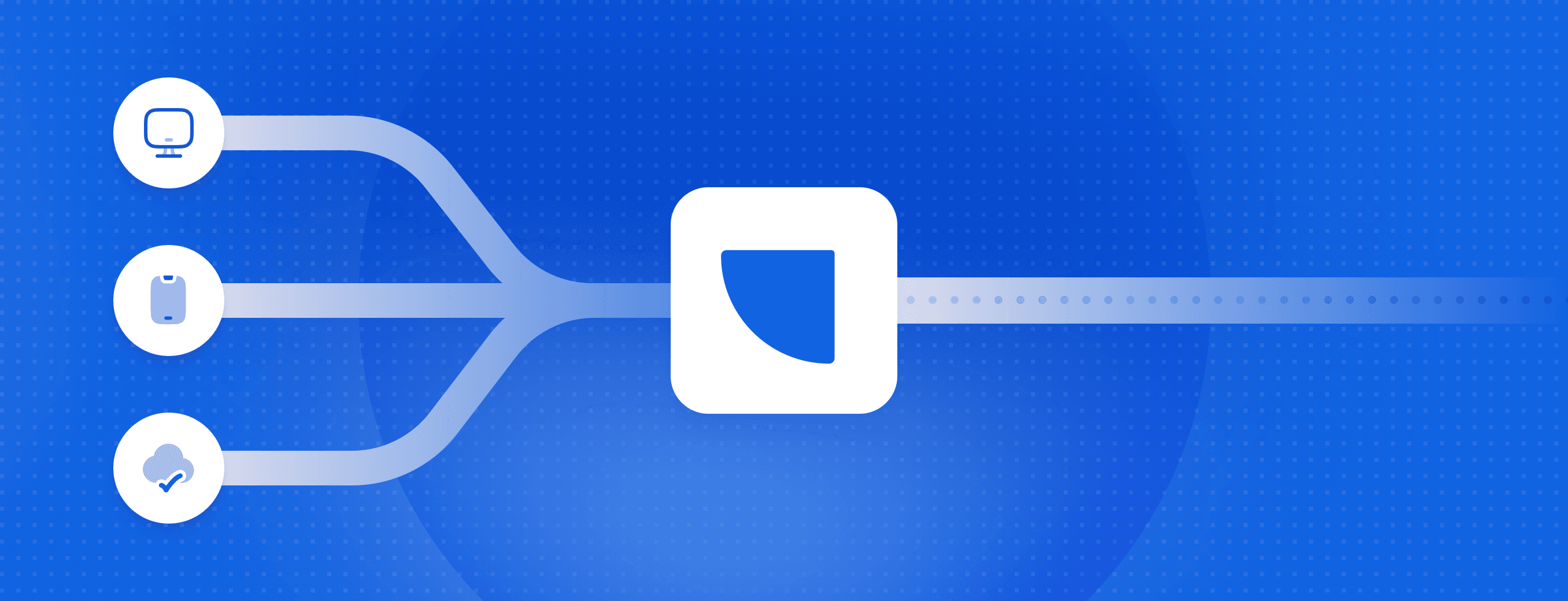What is Duck DB

What is DuckDB
A definitive guide to DuckDB, an essential tool for analysts.
As a data scientist or data analyst, you'll spend the majority of your time managing and manipulating data. This often involves employing Python for data engineering tasks, using libraries like Pandas and NumPy, or leveraging R and libraries like dplyr and tibble to shape datasets into a usable format.
Undertaking such tasks might seem more fitting in a relational database management system(RDBMS) database, where one could leverage SQL for operations like joins, aggregations, transformations, and filtering. However, interfacing with such databases presents significant challenges such as complexities in installation, setup, and maintenance. Furthermore, data engineering in these systems can be slow due to laggard data transferring to and from the client. Also, the interaction between these databases and the client application often leaves a lot to be desired.These issues underscore the need for an alternative solution, like DuckDB, an in-process analytical database. With the ability to import DuckDB, it provides an effective execution engine for large datasets, making it a perfect solution for data analytics tasks. DuckDB supports multiple data formats including columnar Parquet files, CSV files, and JSON. Additionally, it can work with Pandas DataFrames, making it suitable for dealing with analytical queries and in-memory data processing. This database, available on GitHub under the MIT license, can handle analytical workloads and is designed for single-file access. It is also ideal for creating data visualizations, thanks to its optimization features.The DuckDB.connect and fetchall functions further enhance its user-friendliness, allowing for seamless data pipelines and easy access to datasets. This makes DuckDB a benchmark in the field of data engineering and analytics, providing a better alternative to traditional databases. Moreover, DuckDB is written in Java, offering a high level of compatibility with various systems. With its ease of setup, it is a go-to solution for handling large datasets and complex analytical tasks.
Even though logically, using SQL to interact with data would be a better choice because it is a more common method for manipulating data, these problems prevent it from being used.
Until now.
DuckDB addresses all the problems that an RDBMS has so that a data scientist or data analyst can have a world without the difficulty in setup but still have faster queries. Let’s find out what exactly DuckDB is and some of its benefits.
What is DuckDB
Hannes Muhleisen and Mark Raasveldt created DuckDB, with the first version released in 2019. DuckDB is a free, open-source embedded analytical database. Hannes and Mark knew that using a database system was the better option in a data science role because of how they offer ACID properties, they offer fast and flexible query execution, and offer integrity checks.
However, the reality is that because of how difficult they can be to set up (a PostgreSQL instance can take over an hour to setup) they are typically avoided. They can also be costly, making data scientists turn to other solutions, creating libraries like pandas and NumPy or dplyr and tibble to interact with their data.
These problems were what Hannes and Mark set out to solve and what drove DuckDB to be built.
DuckDB has been described as the SQLite for analytics. SQLite is a popular solution for RDBMS because it’s embedded, meaning that it has minimal setup required, and you can get started within minutes.
And this is the same as DuckDB.
The difference between SQLite and DuckDB is that SQLite is an embedded online transaction processing (OLTP), whereas DuckDB is an embedded online analytical processing (OLAP).
DuckDB is growing in popularity which you can see from the search trend on Google. DuckDB is one of those tools people are just waiting to find; once they have, it will change how they work. And companies like Hex and deepnote are already using DuckDB to power their software.
Features of DuckDB
We’ve mentioned some of the features of DuckDB, but let’s look at all that DuckDB has to offer.
Simple Installation
Because DuckDB is an embedded solution, it is super easy to install. The installation instructions differ depending on the environment you want to install DuckDB, but usually, it only consists of a line of code or two.
Looking at the installation of DuckDB into Python, it’s simply:
pip install duckdb==0.6.1
SQL Support
In the 2022 Stack Overflow developer survey, SQL was the third most popular programming language, and the fact that it’s still around after being developed in the 70s clearly shows a stickiness that will take a lot to replace it.
Because SQL is easy to learn, versatile, and ubiquitous, DuckDB set out to be a SQL database from the beginning. They also aim to stay as compatible as possible with the SQL syntax already widely used in the industry, like SQLite, MySQL, and PostgreSQL.
Free and Open Source
One of the great features of DuckDB is that it’s free to use and open source. There will likely be some sort of monetization in the coming future, but it’s great to see helpful free solutions. Being open source also increases the number of people who can contribute to the project, allowing development and improvements to happen faster.
Built as an OLAP Data Engine
To better understand this technology, it’s worth briefly mentioning the two main forms of data processing systems; online transaction processing (OLTP) and online analytical processing (OLAP).
OLTP is usually used for supporting user-facing applications as the queries are short and fast, the tables are normalized, and transactions such as INSERT, DELETE, or UPDATE are processed.OLAP databases are typically employed in the analysis of large datasets. Often, this data is housed in a central data engineering hub or warehouse. The primary use of an OLAP database is to conduct analytical queries, aiding in making decisions that are backed by data. OLAP systems and analytical workloads execute complex queries; their tables are de-normalized, with a focus on optimizing the speed of read operations.
DuckDB is designed as “embedded OLAP,” making it perfect for the role of a data scientist or a data analyst, exploring and uncovering insights from data.
Fully ACID Through MVCC
DuckDB provides ACID properties giving you guarantees on your transactions, so it doesn’t fetch back incorrect results. It does this via DuckDB custom bulk-optimized multi-version concurrency control (MVCC).
The Complete Guide to Reverse ETL
Read our whitepaper to learn where Reverse ETL fits in the modern data stack.
Benefits of Duckdb
Now that you’ve seen the features of DuckDB, what do they actually mean to you? Here are some of the amazing benefits of DuckDB.
It’s Fast
DuckDB is fast, which you might not think is possible, as you’re running the queries locally. DuckDB uses vectorized data processing, which helps make efficient use of the CPU cache. It also allows batch values to be processed rather than tuple-at-a-time or column-at-a-time. All of this produces speeds 20 to 40 times faster than traditional systems.
Ease of Use
As mentioned before, DuckDB is simple to install. Choose your environment, run a simple line of code, and it’s ready to go. DuckDB is created to have no external dependencies, so you don’t need to worry about neglected libraries causing problems.
No Management Needed
Because DuckDB runs like a CLI or a Python library, you don’t need any type of management. DuckDB just works! The lack of management means removing the admin that would have been needed to manage permissions, and you don’t need to worry about managing the server, as DuckDB runs locally.
Makes Getting Started with ML Easy
DuckDB helps to skip learning any Python or R libraries that assist with data wrangling. Without DuckDB, you would have to learn something like Numpy or Pandas. However, with SQL being one of the most popular programming languages, the barrier to entry into data science has just got easier. This makes it easy to use not only for Data Scientists expert in Python/R but also for Analysts without such skills.
DuckDB Use Cases
Interactive Data Analysis
The most popular method for data scientists working on data is to use programming languages like Python or R, along with libraries such as Pandas and dplyr. DuckDB is coming along and breaking the mold and letting data analysis be performed locally at great speeds and using a more common and simple programming language, SQL.
Edge Computing
As edge computing has gained popularity in recent years, using an embeddable database like DuckDB to analyze data at the edge has become more common. Edge computing is a type of distributed computing that brings computing and data storage closer to where it is needed, improving response times and conserving bandwidth. Better results can be obtained quicker by using an embeddable database like DuckDB to analyze data at the edge.
Getting Started with DuckDB
Getting started with DuckDB is simple. Because it's embedded within the host process, doesn't need a server of any type, and has no external dependencies, it is as simple as running a couple of lines of code.
You can find full DuckDB installation instructions depending on the environment you require over at the DuckDB documentation.
If you want some more resources to learn about DuckDB, have a look at the list below:
- DuckDB – The SQLite for Analytics [Video]
- DuckDB: an Embeddable Analytical Database [PDF]
- What’s up with DuckDB (A Toronto Modern Data Stack Meetup) [Video]
- DuckDB Docs [Website]
- DuckDB blog [Website]
Published:
December 15, 2023

Event streaming: What it is, how it works, and why you should use it
Event streaming allows businesses to efficiently collect and process large amounts of data in real time. It is a technique that captures and processes data as it is generated, enabling businesses to analyze data in real time

How Masterworks built a donor intelligence engine with RudderStack
Understanding donor behavior is critical to effective nonprofit fundraising. As digital channels transform how people give, organizations face the challenge of connecting online versus offline giving.

How long does it take you to see a customer event? If it's over five seconds, you're missing out
Access to real-time customer data is no longer a luxury. This article explains how a modern, modern, real-time infrastructure can help you close the gap between customer intent and action—before it’s too late.






